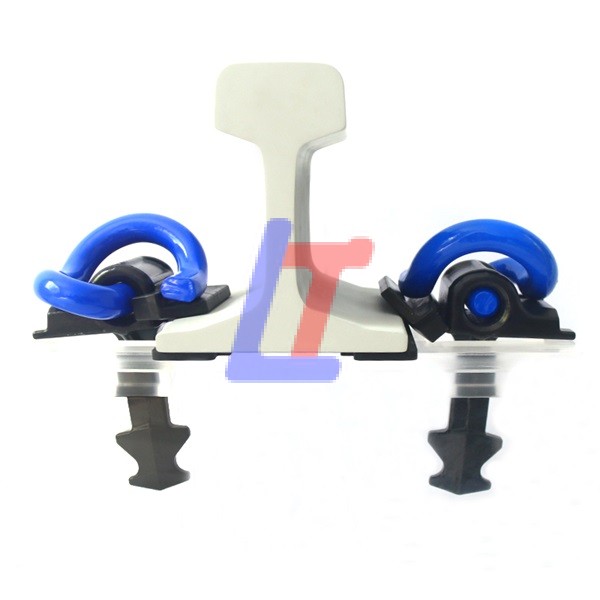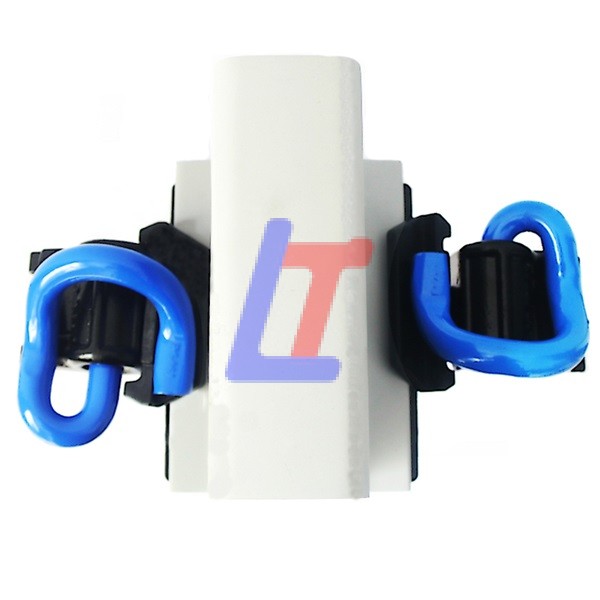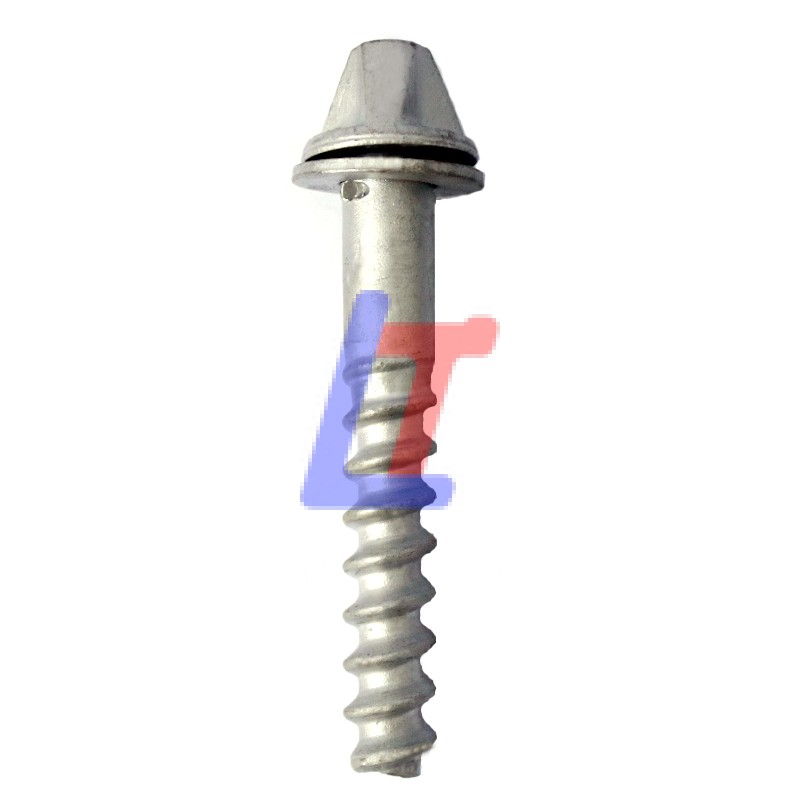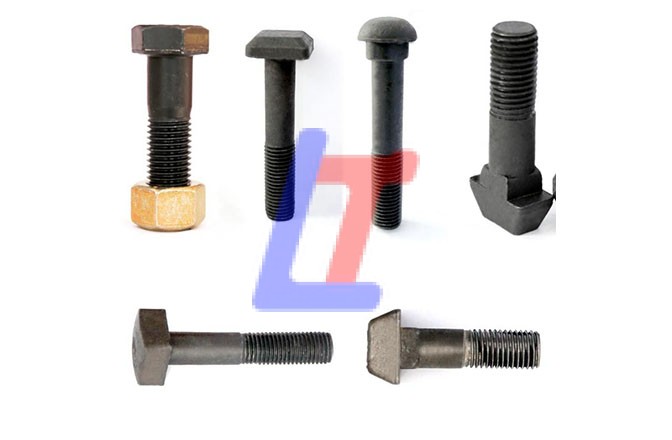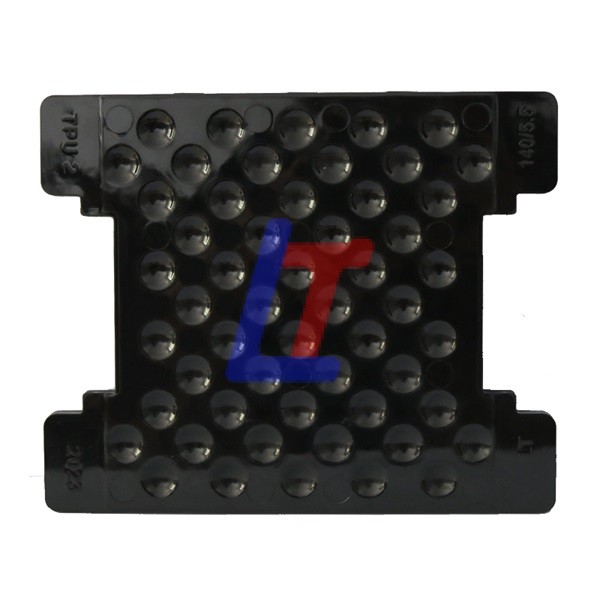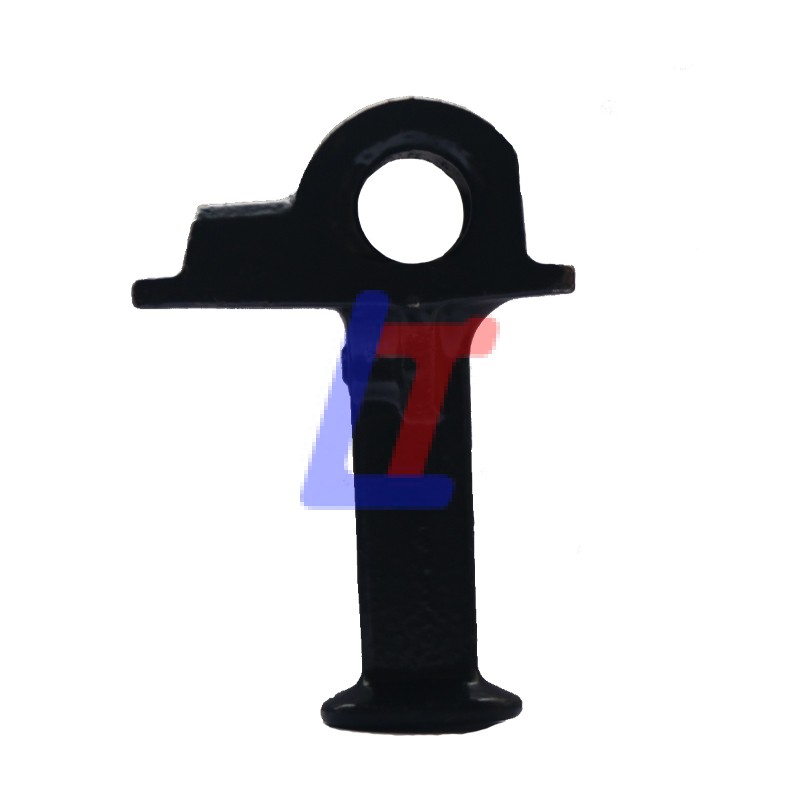On a scorching Beijing afternoon, with the ground temperature approaching 40 degrees Celsius, Igor P. Kiselev’s enthusiasm was undiminished. A tall Russian, with a Leica camera around his neck, arrived at the test center. There, he kept shooting non-stop on the huge circular railway test track of the National Railway Test Center.
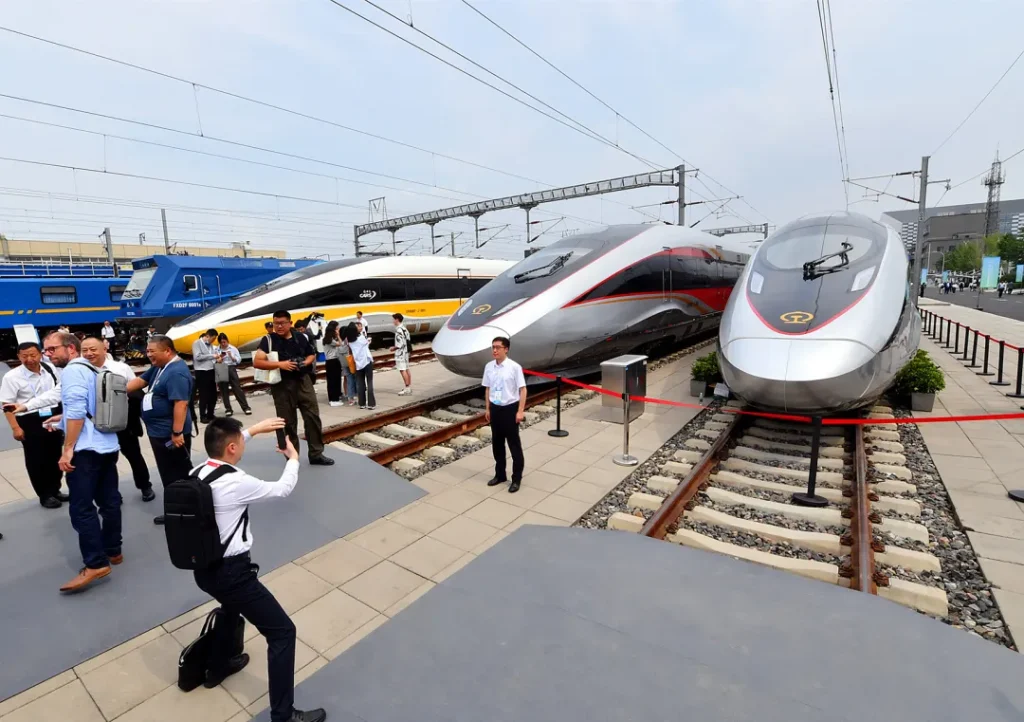
“It’s been 15 years since I last came to China for the World High-Speed Rail Conference,” Igor P. Kiselev said, looking at the streamlined trains lined up in front of him with amazement. “There have been so many changes.” In essence, these trains are a concentrated display of the latest achievements in China’s high-speed railway technology.

Igor P. Kiselev was one of the 1,200 conference delegates who arrived at the National Railway Research Center on that day. These colleagues from all over the world were full of anticipation and participated in the core activity of the 12th World High-Speed Railway Conference held on the afternoon of July 9th – “The High-Speed Railway Innovation Journey”. Their goal was directly focused on a core issue: What is the source of the leading edge advantage of China’s high-speed rail, especially the highly anticipated CR450, the world’s fastest train set?
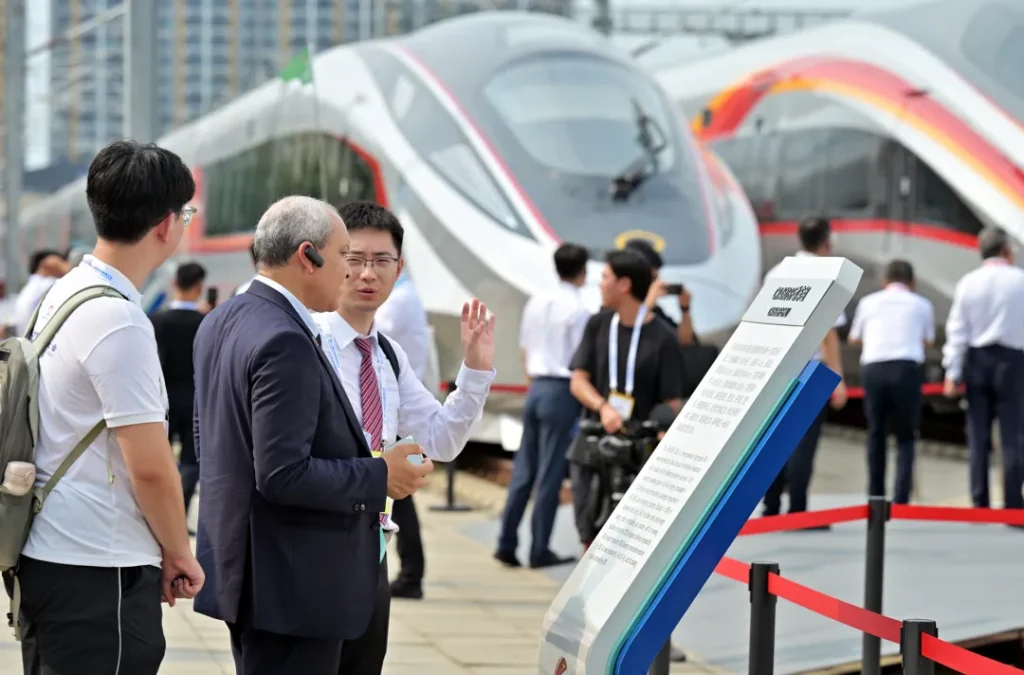
Several grey buildings hold the key clues to the answer. It was here, in the braking system laboratory, that researcher Li Jishan from the China Railway Science Research Group Ltd. stood in front of the camera. “Where is the balance point between speed and safety?” In response to the question. He pointed behind him at the equipment and said: “Right here.” This laboratory, which can simulate extreme conditions at a speed of 530 kilometers per hour, is a leader among similar facilities worldwide and has accumulated over 60,000 hours of test data. It is this outstanding capability that prompts Researcher Li Jishan to explain. “It serves as the ‘accelerator’ for the iterative improvement of China’s high-speed rail braking technology.”
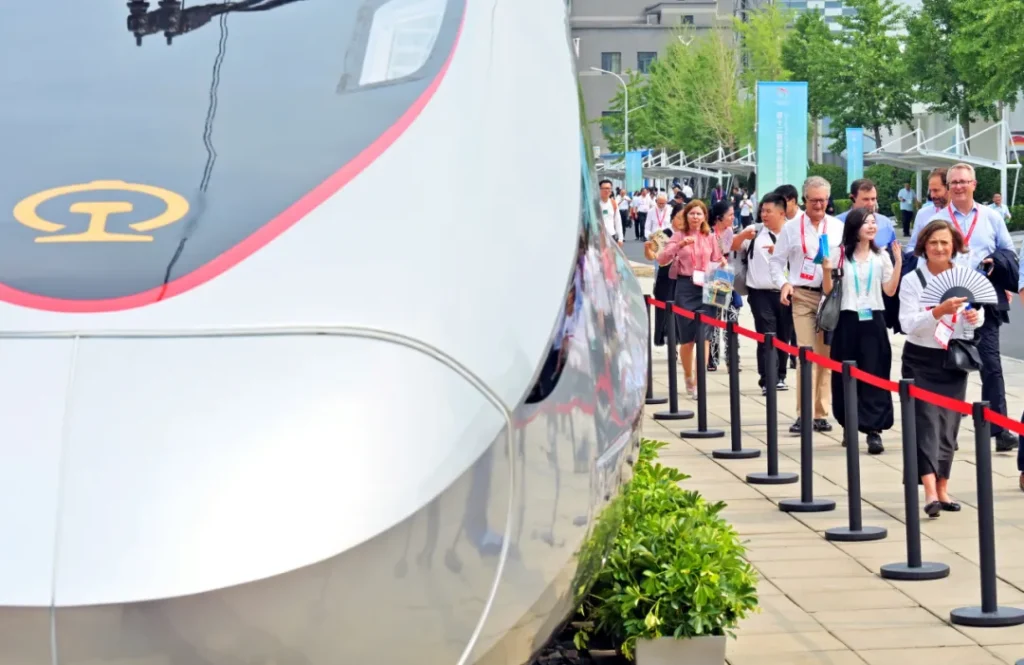
That was on this day that the National Railway Research and Testing Center, along with this braking laboratory, opened the doors of six major national key laboratories to domestic and foreign colleagues and journalists. This opening was significant because, over the past 60 years. In essence, these laboratories have provided solid experimental support for every major technological leap of China’s railways. And we may call them the “cradle” of the “Fuxing” trains.

The real vehicle test ride segment brought the event to its climax. With these, the representatives holding specially designed commemorative tickets boarded the CR400BF-GS “Rejuvenation”. Intelligent train set and sped through the carefully designed 50-plus line, bridge and tunnel scenarios on the circular track of the test center at a speed of 100 kilometers per hour. Inside the carriages, the soft lighting and spacious space left Richard Neussl from Austria impressed. “This is my first time taking a high-speed train in China,” said Neussl, sitting in seat 14A of carriage 3. “My friends recommended the Beijing-Shanghai high-speed rail. If time permits, I really want to give it a try.”

All too soon, the trial ride came to an end, marking the conclusion of the “High-Speed Railway Innovation Tour” event. However, the seeds of China’s high-speed rail have quietly taken root in the hearts of many international representatives. British bridge engineer Hudson Taivo, who was the first to experience China’s high-speed rail, spontaneously expressing his admiration, said as he stepped off the platform: “I will definitely come to China again and bring my family to experience China’s high-speed rail.” With these words, he departed, and the circular railway test track returned to its usual tranquility. But the ripples stirred by this “innovation tour” are spreading to a wider world with the footsteps of the representatives as they return home.

